In digital marketing, we often talk about the importance of advertising campaigns, content marketing, and SEO. But we rarely talk about design, which is a key component of any solid digital marketing strategy. Design goes beyond developing graphics and visual imagery around a brand or a product. It involves a high level of problem-solving through imagery.
Before they even read the copy on a landing page or ad, the first thing visitors see and process are the visuals. According to research, the human brain processes images 60,000 times faster than text. So, it’s important to keep this in mind when developing a digital marketing strategy, especially considering that today’s audiences have an increasingly shorter attention span that has to be captivated at the first glance.
Additionally, design helps communicate your brand messaging consistently across channels, create a strong first impression of your brand, and reflect your audience’s needs and desires. But when we talk about web design specifically, it’s important to understand that the benefits go beyond ensuring consistency and a strong first impression. Web design is about outstanding user experience. It’s about what makes your customers return for more.
User experience has become more important than ever before. The global COVID-19 pandemic forced all businesses to move online or at least consider doing so in the immediate future. Every activity from shopping to working took place almost exclusively online and even in the B2B space, buyers acquired a new taste for digital experiences, with research showing that ⅔ buyers prefer remote human interactions or digital self-services over traditional interactions.
Considering that the pandemic made everyone in the B2B and B2C spaces feel cooped up in 2020, user experience design has played a key role in alleviating some of those feelings with photorealistic imagery. Many of the trends that have become popular during that time continue to grow today.
And this is mainly because these trends, such as AR or 3D design, are reflecting how the digital world is a real aspect of everyday life. They are also helping expedite the purchase process, especially in the B2B landscape, with more product information becoming available at the first glance.
With this in mind, let’s look at the latest design trends that are not only aesthetically impactful but also essential to providing a superior user experience in an increasingly digital and competitive landscape.
1. Immersive design with augmented reality (AR)
AR and VR have garnered renewed interest during the pandemic. AR and VR are great examples of how technology is evolving to ease people’s lives. And with websites having to become more optimized, intuitive, and easy to access in order to meet evolving customer expectations, simplifying information through visuals and exemplification is essential. This is where AR comes in. There are multiple industries, predominantly eCommerce, that go for this type of service, typically to show their audiences what their products look like in real life.
But first, let’s talk about what AR means. Remember a few years back when we would scan the surroundings on our first smartphones and an Eiffel Tower would pop onto our house floor? Remember when dinosaurs would climb your desk and slowly walk towards you? AR stands for augmented reality which, as the name implies, augments everything around you. You have the possibility to adjust and modify the environment through a medium like a mobile phone or tablet.
It’s true that a lot of applications involving AR are not entirely that easy to use and have their limitations but with the right amount of skills and dedication, we can integrate it into web design to create wonderful user experiences.
For example, you can design websites that provide the possibility of mobile login using a QR code to allow users to try on different virtual shoes on their feet. This way, they can check out the latest trends in shoes, see how they fit, and if they work with their outfit. The same goes for clothes, and there are apps that actually measure the whole body. Of course, users can always choose to introduce their sizes manually in order to get the perfect fit.
In many regards, AR allows users to play around and test different products using themselves as models. Service can’t get any more personalized than that! Even real estate leverages this technology to move the whole real estate experience into the apartments of customers. Some companies provide the opportunity to check out different interiors and houses or simulate how different furniture fits into each house corner.
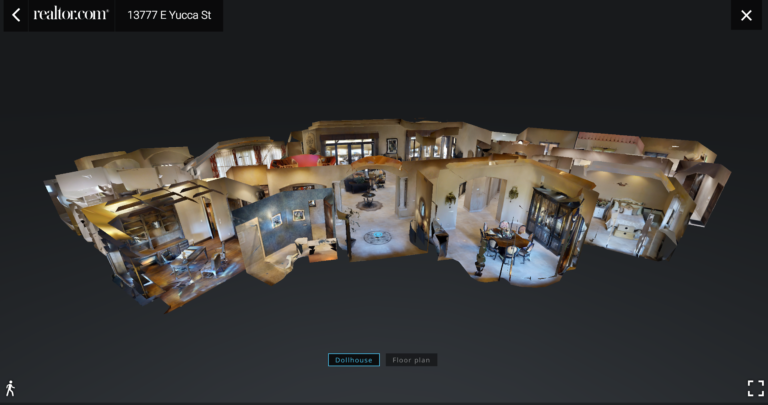
What is really interesting about interior 3D is that you can walk through each of the rooms without actually being there—this doesn’t only make the experience easy but also fun. AR technology and design applications create new immersive and interactive experiences for all types of customers. With AR, 3D modeling is required to view the environment from all sides, tridimensionally. It also involves baking, texturing, and rendering for optimized results.
An interactive world with virtual reality (VR)
Why not take it to the next level and allow users to actually step into the realm of virtual reality? It’s possible with the help of a VR headset. Imagine your users walking through their dream house or even creating their own environment. Interactivity will grow to the maximum as they will have complete control over everything. And this type of immersive and interactive experience is exactly what users yearn for in a digital-first world.
In the fashion industry, VR had a great impact during the pandemic. With all businesses moving online, the fashion industry needed to adapt quickly and many have used VR to ensure business continuity while also upgrading the whole experience. VR Fashion Week™ is a great example of how, beyond the VR show itself, the experience is reaching new heights with virtual fittings, shared looks, holographic reality, and more.
Tridimensional view with 360° videos
Think about every big car brand that showcases its interiors with 360° views just so you can click and drag through it—these can be 3D renders but most of them are 360° pictures. This type of viewing helps a lot in creating and delivering the whole image of a certain space, which is why galleries use this method of showcasing as well.
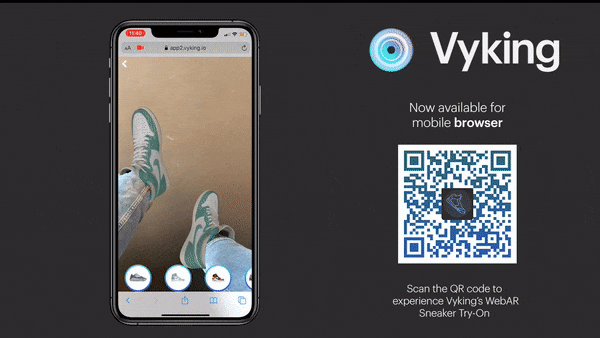
Also, 360° videos are becoming more and more popular. It allows users to have a full view of a product, look into space shuttles, explore different 3D sculptures and works of art, or check different fossils inside and out. They’re a great attribute for studying and research that also emphasizes the whole user experience on a website.
Ultimately, 360° viewing is a great way to drive more sales and expedite the purchase process. By seeing a product from all angles inside and out, buyers can make their buying decisions much faster and easier. In B2B business especially, this can create a great competitive advantage as purchase decisions are always slow since there are more stakeholders involved in the process, each doing their own product research.
Photorealistic imagery with 3D modeling
We know that pictures and videos are much more digestible than actual text paragraphs and that’s why a lot of icons and illustrations become more and more involved in website designs alongside animations that tell stories. But 3D can be the cherry on top as it makes everything more realistic and authentic, enabling people to immediately grasp and remember what your brand message is.
By using 3D scenes you can generate tremendous realism. Computer-generated objects are combined with photographic backgrounds to further heighten the illusion. And that’s what we did on the new Yield10 Bioscience website. We have created a Camelina plant from scratch and optimized it enough so that the website can be easily navigated. But the whole point of it was to show visitors a full picture of the Camelina plant to help them recognize it and distinguish it from other similar-looking plants.
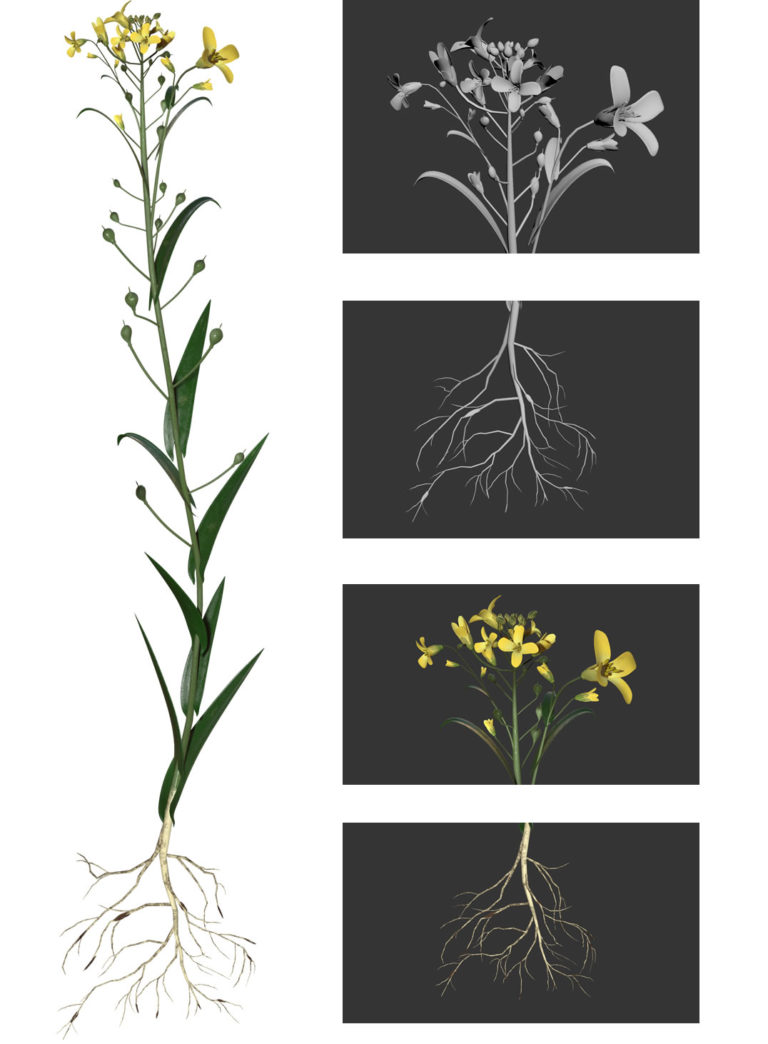
We correlated 3D texts to the plant’s buds and leaves for further information about its benefits, features, and other relevant information. As you land on the homepage you are drawn in by the moving clouds from the loading screen. Then you fly towards the Camelina plant, which you can scroll up and down to discover the story of Yield10 and the company’s important work with Camelina to develop more sustainable and environmental-friendly products.

The website tells a story through the most interesting and important plant Yield10 Bioscience has researched and engineered. We felt that this story was incredibly important to tell using 3D modeling and rendering. It makes the story more interactive and dynamic. It draws in the user to become a part of it for the benefit of the world and it gives them more options to easily perceive and retain scientific information through animations and photorealistic imagery.
3D modeling is a trend that was born recently and it already brings an innovative factor to web design—which is significant because if design history taught us anything, that is to constantly improve and develop innovative ideas. As humans, we are naturally drawn to movement, which is why we tend to prefer interactivity and animations in the digital world as well. So, 3D modeling is the new, innovative thing that meets these innately human expectations.
Because 3D design is so recent, stumbling upon designers with the right skills to do it is rare. This is why many companies are not even considering 3D modeling for their website—talent is simply not easy to come by. But as the trend is becoming more popular and designers hone their skills, 3D screens will become more widespread. And contrary to some beliefs, 3D is not meant to be busy, complex, or confuse users.
It’s being used because it’s more effective as it contains a lot more visual information than a simple image or illustration. So, even if we have less text on a page, we convey more information. This is important considering the modern lifestyles of today’s audiences and how busy they are.
Plus, consumers are constantly bombarded with information everywhere they turn. It’s essential to deliver information to them as efficiently as possible. This is why the minimalist trend has become so popular in recent years. A simple and straightforward design did the job efficiently until today but as times have changed, design must evolve, too.
Realism is here to stay
We can talk about 3D beyond 3D modeled objects. The new flat 3D trend that has just emerged this year involves a lot of illustrations that can become tridimensional just by adding texture and shading. Most designers opt for this just because it’s very eye-catching and more natural-looking.
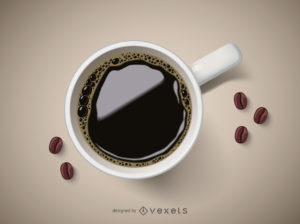
3D colors are also a trend as well and they’re a combination of more than two or three colors that tend to be organized on different planes. They don’t involve subtle transitions and they are very natural and bold. Two colors side by side that might abruptly smear together can create depth to painted objects.
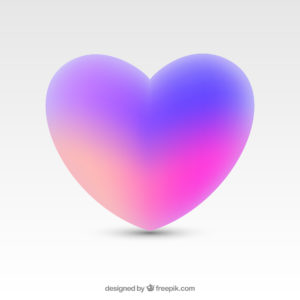
These 3D trends suggest that 2021 is aspiring to higher realms of realism. And this is consistent with the need to make the digital world feel as real as possible to our senses because it was the only safe space we could be in during the 2020 pandemic. And this safe space continues to be a part of our daily lives more than ever before. Because of this, the user experience will continue to evolve and the more immersive web design becomes, the superior the experience is.

